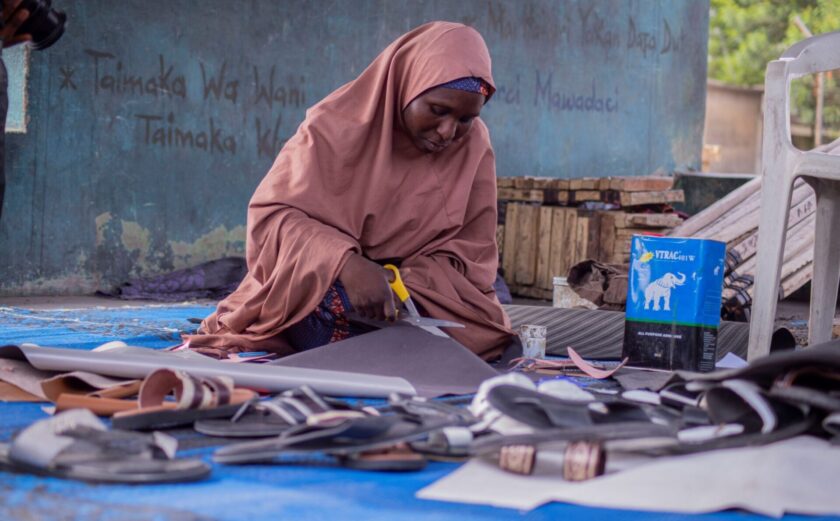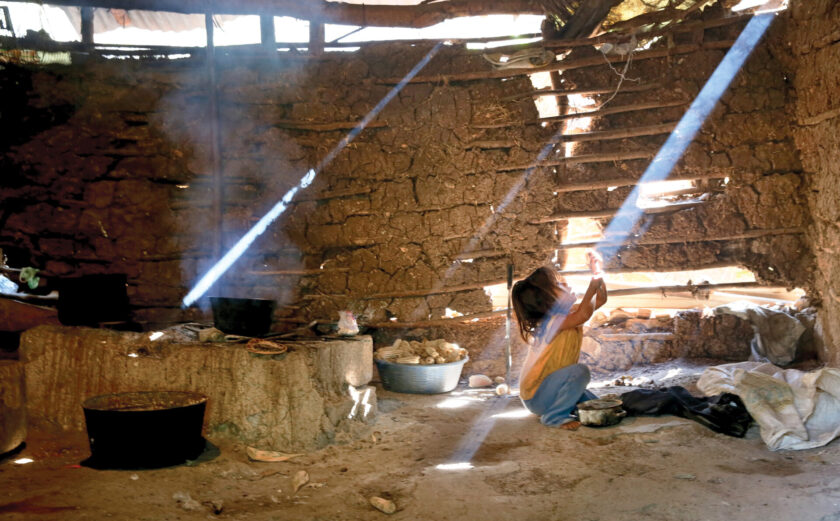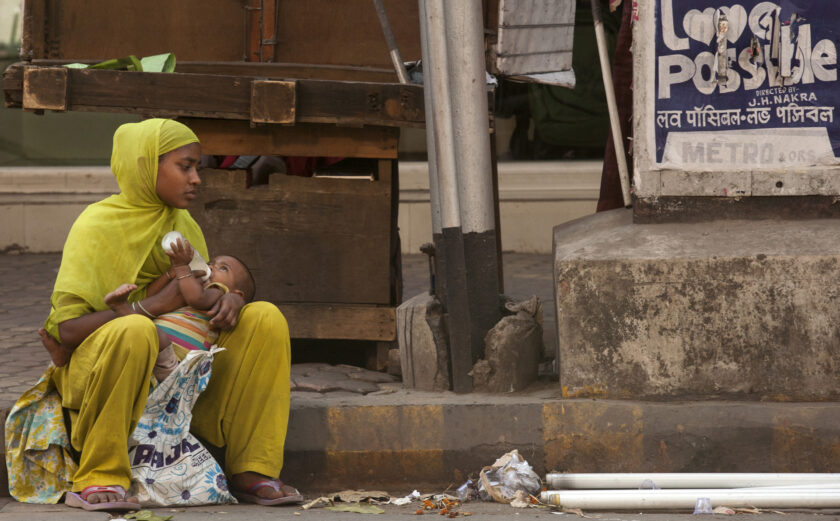
InterAction Mission Report: Myanmar: June 2018
The internal conflict in Myanmar is perhaps the longest running civil war in the world. With a new democratically elected government entering office in 2016, there was considerable international optimism and hope that the central government would find a new and better way to engage with and address the grievances of the different identity groups in the country. Finding peaceful solutions to the domestic conflicts and appropriately refranchising marginalized communities, however, has not happened. Largely due to an escalation of the conflict, the interim UN Humanitarian Response Plan for 2018 shows that there are 691,000 people in need across the three conflict states Kachin, Shan, and Rakhine, which is almost three times the number in need from 2017.
InterAction protection missions seek to examine critical protection issues and trends, and how they are being addressed by humanitarian actors, in order to highlight key issues and recommend possible strategies and measures to address them to practitioners, policymakers, donor governments, and humanitarian leaders. In 2017, InterAction conducted two such missions to Myanmar. The protection mission focused on NGO roles in relation to the overall protection leadership, coordination, and strategies. During post-mission feedback sessions with the consulted in-country field staff, InterAction was made aware of the need for a follow-up mission to look at the relevance and implementation of the recommendations of the outcome paper.
InterAction subsequently conducted a short mission from June 2-6, 2018. Considering the protracted nature of the internal conflict in Myanmar, the consulted actors in Yangon point out that most of the previous recommendations are still relevant. New observations and recommendations were made based on the conversations with the field level practitioners with a view to create new momentum and stronger humanitarian coherence nearly a year after the August 2017 Rohingya crisis.
The observations and recommendations presented below follow the same structure as InterAction’s previous report, addressing: (i) Implementing a whole-of-system approach to achieve protection outcomes; (ii) Good information-flow and analysis as a basis for problem-solving; (iii) Diversifying ways of working in pursuit of protection outcomes; and (iv) Designing and implementing collective protection strategies.








